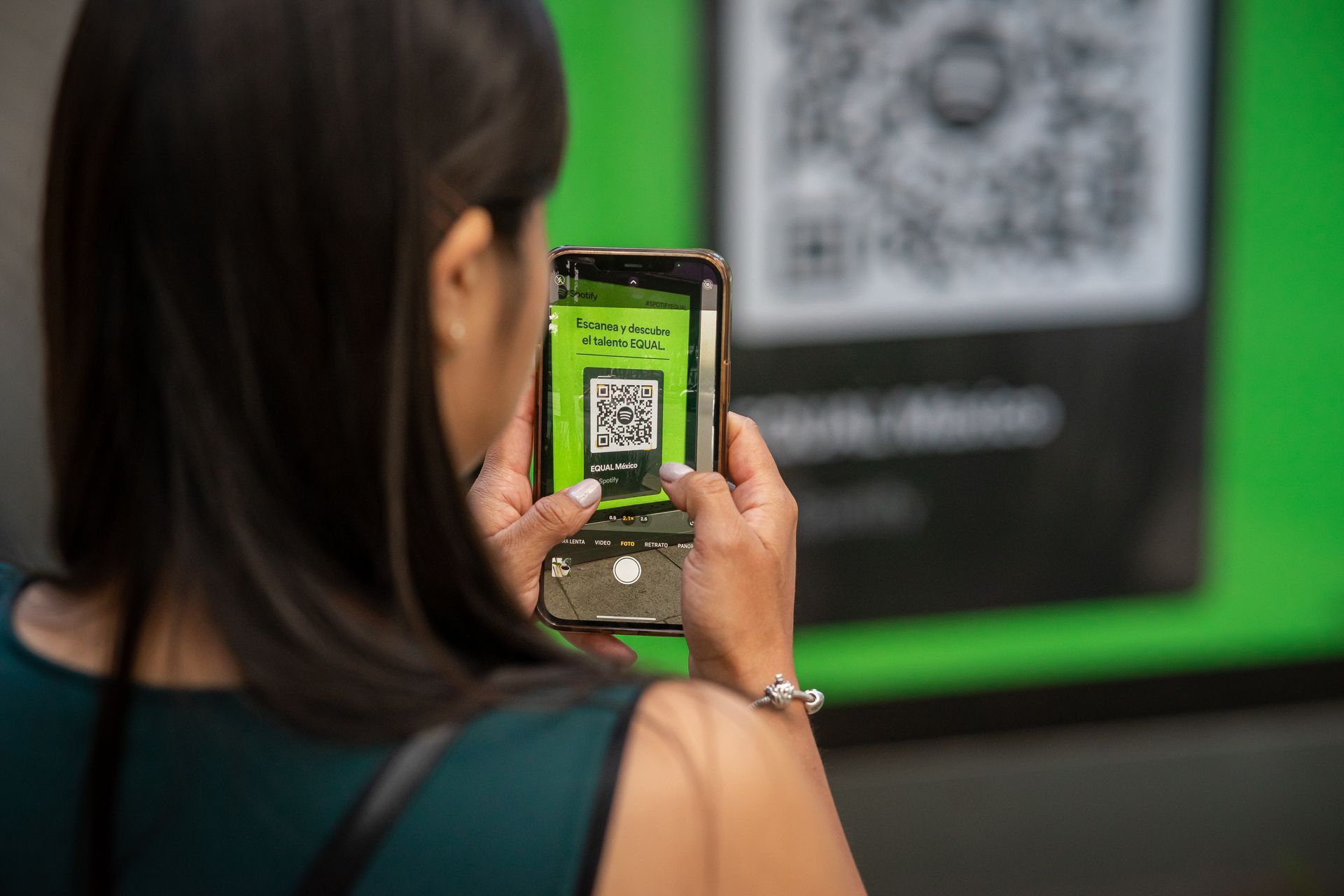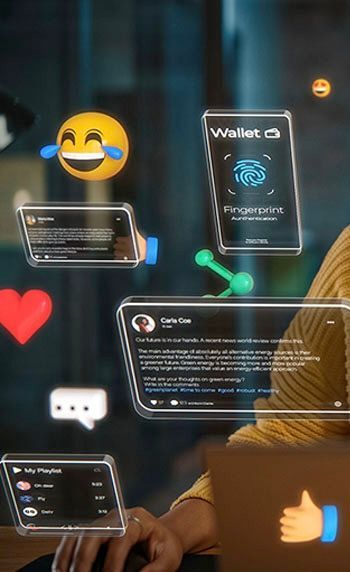3 Ad Trends Boosting Sales

Video games are so captivating that it was only a matter of time before advertisers discovered the connection between interactive gaming and their products. In the swiftly changing realm of digital advertising, traditional approaches are making way for more creative and immersive strategies. Throughout this blog, we will showcase the effectiveness of ad gaming and scan-to-shop techniques as powerful tools for attracting consumer attention and boosting engagement. With digital interactions significantly influencing consumer behavior, comprehending the alignment between advertising and shopping becomes vital for businesses looking to stay competitive. This blog delves into these innovative advertising tactics and their influence on consumer shopping journeys, drawing inspiration from industry trends and real-life examples.
Advergaming: Merging Play with Promotion
Advergaming is a novel approach where advertising content is seamlessly integrated into video games. This method leverages the engaging nature of gaming to promote brands and products. Disney's recent foray into advergaming through connected TV (CTV) platforms exemplifies this trend. By incorporating shoppable elements into games, Disney enables viewers to purchase products directly from their screens without interrupting their entertainment experience.
Case in Point: Disney's CTV Advergaming Strategy
Disney's strategy represents a significant leap in the integration of advertising and entertainment. By embedding shoppable links within their CTV games, Disney allows users to interact with ads and make purchases in real time. This approach not only enhances user engagement but also provides a seamless shopping experience, reducing the friction between advertisement exposure and purchase decision. For example: A viewer watching a Disney show could play a mini-game featuring characters from the show, with in-game rewards including shoppable items like themed merchandise. This immersive experience creates a direct link between the content and the product, making the advertising almost indistinguishable from the entertainment.

Scan-to-Shop: Bridging the Physical and Digital
Scan-to-shop advertising leverages QR codes and other scannable technologies to create a direct pathway from ad exposure to purchase. This method has gained popularity due to its simplicity and effectiveness in converting viewers into buyers. It provides a seamless connection between physical advertisements and online shopping platforms, allowing consumers to make purchases instantly by scanning a code with their smartphones.
Real-World Application: IKEA's Scan-to-Shop Initiative
IKEA's innovative approach to scan-to-shop advertising illustrates the potential of this method. In 2022, IKEA introduced QR codes in its catalog and in-store displays. Customers could scan these codes to access product details, reviews, and the option to purchase directly from their mobile devices . This initiative not only simplified the shopping process but also enhanced the customer experience by providing instant access to information and purchase options. For example: A shopper browsing an IKEA store might see a piece of furniture they like but want more information. Scanning the associated QR code takes them to an online page with detailed specifications, user reviews, and a buy-now option, streamlining the decision-making process and encouraging immediate purchase.

Interactive Advertising: Engaging Consumers on a Deeper Level
Interactive advertising involves the use of engaging, two-way communication channels to create more personalized and impactful consumer experiences. Unlike traditional one-way ads, interactive ads require active participation from consumers, making the advertising experience more memorable and effective.
Trendsetter: Coca-Cola's Interactive Billboards
Coca-Cola's interactive billboard campaign in Times Square exemplifies the power of interactive advertising. These billboards featured motion-sensor technology, allowing passersby to control the content displayed on the screen . This level of engagement not only captivated the audience but also reinforced Coca-Cola's brand image as innovative and consumer-focused. For example: In a crowded urban area, an interactive Coca-Cola billboard allows users to play a short game or control a virtual character by moving their bodies. This interaction not only entertains but also reinforces brand recall and positive associations with Coca-Cola.

The Correlation Between Advertising and Shopping
The convergence of advertising and shopping is becoming increasingly apparent in today’s digital economy. Innovative advertising methods like advergaming, scan-to-shop, and interactive advertising are breaking down barriers between promotion and purchase, creating a more integrated and seamless consumer journey.
Instant Gratification: From Exposure to Purchase
Modern consumers expect instant gratification, and these new advertising techniques cater to this demand by minimizing the steps between seeing an ad and making a purchase. For instance, Disney's shoppable advergames and IKEA's scan-to-shop initiatives reduce the friction traditionally associated with shopping, allowing consumers to act on impulse and make purchases with minimal effort. For example: A consumer watching a Disney show might see an ad for a new toy. With just a click or a scan, they can purchase the toy without leaving the couch, satisfying the desire for instant access to the advertised product.
Enhanced Engagement: Creating Memorable Experiences
Interactive advertising methods create more engaging and memorable experiences for consumers. By involving them in the advertising process, these methods enhance brand recall and foster a deeper connection between the consumer and the brand. This increased engagement often translates to higher conversion rates and greater customer loyalty.
Example: Coca-Cola's interactive billboards engage passersby in a way that a static billboard cannot, creating a memorable experience that leaves a lasting impression and increases the likelihood of a purchase in the future .
Personalization: Catering to Consumer Preferences
Personalization is another key benefit of these innovative advertising methods. By allowing consumers to interact with ads in a way that suits their preferences, brands can tailor their marketing efforts to individual tastes and behaviors. This not only improves the effectiveness of the ads but also enhances the overall shopping experience.
Example: An advergame might feature different product rewards based on the user’s previous shopping behavior, creating a personalized experience that increases the likelihood of a purchase.

Conclusion: The Future of Advertising and Shopping
The landscape of advertising is undergoing a significant transformation, driven by the rise of advergaming, scan-to-shop advertising, and interactive advertising. These four methods are not only making advertisements more engaging and effective but also reshaping the way consumers shop. By seamlessly integrating the advertisement and shopping experience, these innovative approaches are setting new standards for consumer engagement and satisfaction.
As businesses continue to explore these new frontiers, understanding the correlation between advertisement and shopping will be crucial in developing effective marketing strategies that resonate with today’s digital-savvy consumers. The future of advertising lies in creating experiences that are not only captivating and interactive but also seamlessly integrated with the shopping journey, ultimately driving both engagement and sales. What business wouldn't want that?!
References
Marketing Dive. (2023). Disney's CTV Advertising Strategy and the Rise of Shoppable Advergaming. Retrieved from Marketing Dive.
Retail Dive. (2022). IKEA's Scan-to-Shop Initiative: Bridging the Gap Between Physical and Digital Shopping. Retrieved from Retail Dive.
Ad Age. (2021). Coca-Cola’s Interactive Billboards in Times Square: A Case Study in Engagement. Retrieved from Ad Age.
Forbes. (2020). The Evolution of Scan-to-Shop Advertising and Its Impact on Consumer Behavior. Retrieved from Forbes.
New Paragraph

